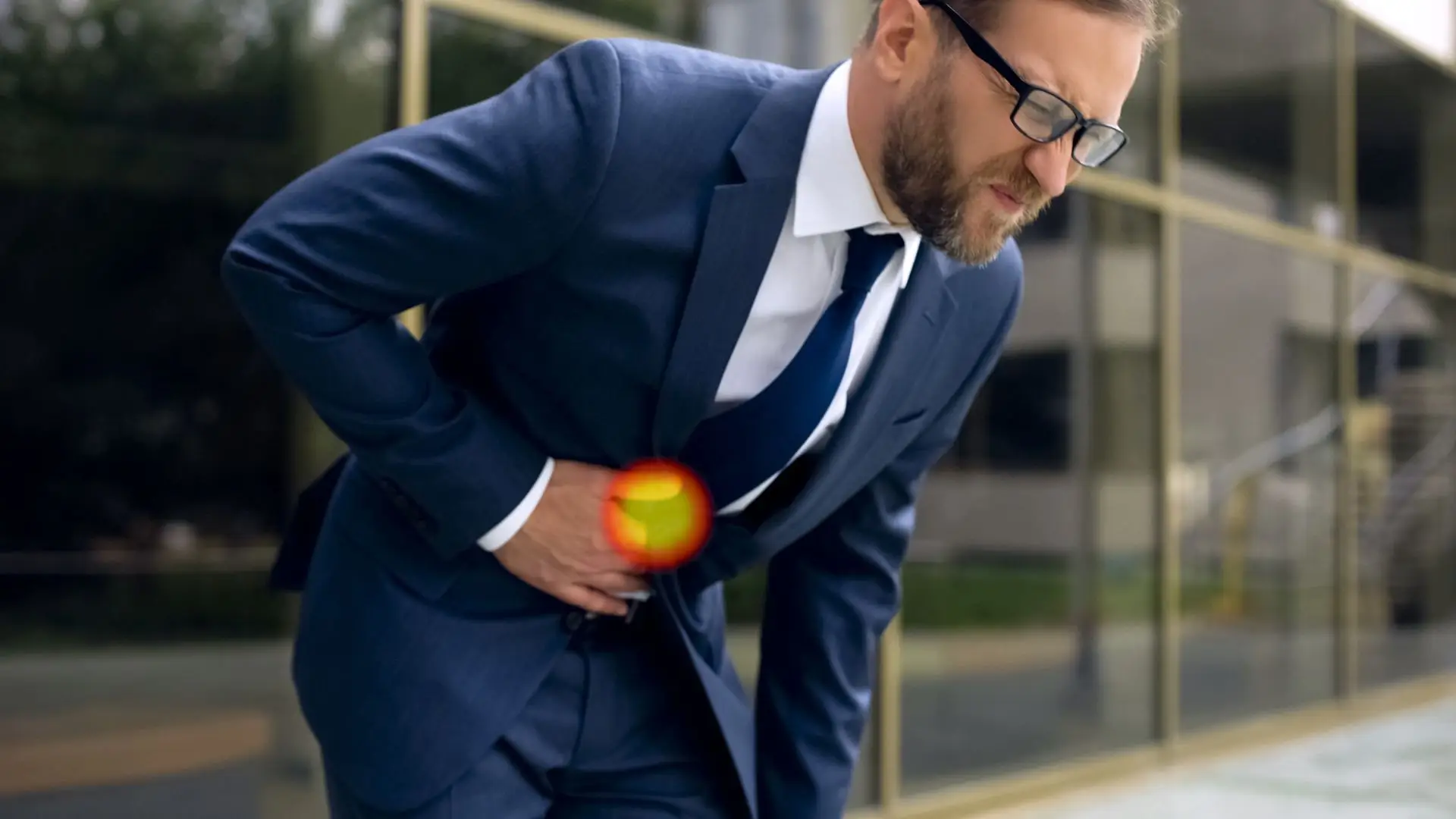
Seeking Relief from Chronic Stomach Pain?
Chronic stomach pain is a prevalent and often perplexing condition that can significantly impact an individual’s quality of life. This persistent discomfort, often characterized by abdominal pain, can stem from a multitude of underlying causes, making it challenging to diagnose and manage effectively. In this comprehensive blog post, we will delve into the intricacies of chronic stomach pain, its potential causes, common conditions associated with it, and strategies for both diagnosis and management.
Before we explore the complexities of chronic stomach pain, it’s essential to understand the stomach’s anatomy and its role in digestion:
Stomach Anatomy and Function:
- The stomach is a muscular organ located in the upper abdomen that plays a vital role in digestion.
- It receives food from the esophagus, mixes it with digestive juices, and breaks it down into a liquid form known as chyme.
- The stomach’s muscular contractions, along with enzymes and acids, help digest food and facilitate nutrient absorption.
Chronic Stomach Pain:
- Chronic stomach pain refers to prolonged or recurrent discomfort or pain in the abdominal area that lasts for an extended period, often exceeding three to six months.
- The pain can be episodic, constant, or intermittent, and it may range from mild to severe.
Common Causes of Chronic Stomach Pain
Chronic stomach pain can arise from various underlying medical conditions, making it essential to consider multiple factors when diagnosing and managing the pain:
- Gastrointestinal Disorders:
- Irritable Bowel Syndrome (IBS): IBS is a common gastrointestinal disorder characterized by abdominal pain, bloating, and changes in bowel habits.
- Inflammatory Bowel Disease (IBD): Conditions like Crohn’s disease and ulcerative colitis can lead to chronic inflammation and abdominal pain.
- Gastroesophageal Reflux Disease (GERD): Chronic acid reflux can cause persistent heartburn and abdominal discomfort.
- Functional Gastrointestinal Disorders:
- Functional Dyspepsia: This condition is characterized by recurring upper abdominal discomfort without an identifiable cause.
- Gastroparesis: Gastroparesis is a condition in which the stomach’s emptying process is delayed, leading to pain and discomfort.
- Peptic Ulcers:
- Peptic ulcers are open sores that develop in the lining of the stomach or the duodenum. They can cause chronic stomach pain, especially after eating.
- Gallbladder Issues:
- Gallstones or gallbladder inflammation can lead to persistent pain in the upper right or upper middle abdomen.
- Pancreatic Disorders:
- Chronic pancreatitis, inflammation of the pancreas, can result in abdominal pain, particularly after consuming high-fat meals.
- Chronic Pelvic Pain Syndrome (CPPS):
- CPPS can cause recurrent lower abdominal pain, often associated with the urinary and reproductive systems.
- Food Allergies and Intolerances:
- Conditions like celiac disease (gluten intolerance) or lactose intolerance can lead to chronic stomach pain when specific foods are consumed.
- Psychological Factors:
- Chronic stress, anxiety, and depression can exacerbate or contribute to abdominal pain.
Diagnosis of Chronic Stomach Pain
Diagnosing the cause of chronic stomach pain can be challenging due to the wide range of potential underlying conditions. A comprehensive evaluation typically includes:
- Medical History and Physical Examination:
- A detailed medical history and physical examination help identify potential risk factors and clues to the underlying cause of stomach pain.
- Imaging Studies:
- Diagnostic tests such as abdominal ultrasound, CT scans, or MRI may be used to visualize the abdominal organs and identify structural abnormalities.
- Endoscopy:
- Upper endoscopy or colonoscopy allows healthcare providers to directly visualize the digestive tract and obtain tissue samples for further analysis.
- Laboratory Tests:
- Blood tests, stool tests, and breath tests can help detect infections, inflammation, and malabsorption issues.
- Food Diaries and Elimination Diets:
- Keeping a food diary and undergoing elimination diets can help identify food allergies or intolerances.
Management and Treatment Options For Chronic Stomach Pain
Management and treatment options for chronic stomach pain depend on the underlying cause and may include:
- Lifestyle Modifications:
- Dietary changes, stress reduction techniques, and regular physical activity can help manage symptoms.
- Medications:
- Medications, including antacids, proton pump inhibitors (PPIs), antispasmodics, and antibiotics, may be prescribed based on the diagnosis.
- Therapies:
- Cognitive-behavioral therapy (CBT), biofeedback, and relaxation techniques can help individuals manage abdominal pain related to psychological factors.
- Dietary Changes:
- Avoiding trigger foods and adopting specific diets (e.g., low-FODMAP, gluten-free) can alleviate symptoms associated with food allergies or intolerances.
- Surgical Interventions:
- In severe cases, surgical procedures may be necessary to address underlying structural issues (e.g., gallbladder removal for gallstones).
Identifying the source of the pain often requires a comprehensive evaluation and diagnostic process. Once the cause is determined, management strategies can range from lifestyle modifications and dietary changes to medications and even surgical interventions.
It’s essential for individuals experiencing chronic stomach pain to seek medical evaluation and consultation with a healthcare provider to obtain an accurate diagnosis and develop a personalized treatment plan. With the right approach, many individuals can find relief and improve their quality of life, even in the face of chronic stomach pain.